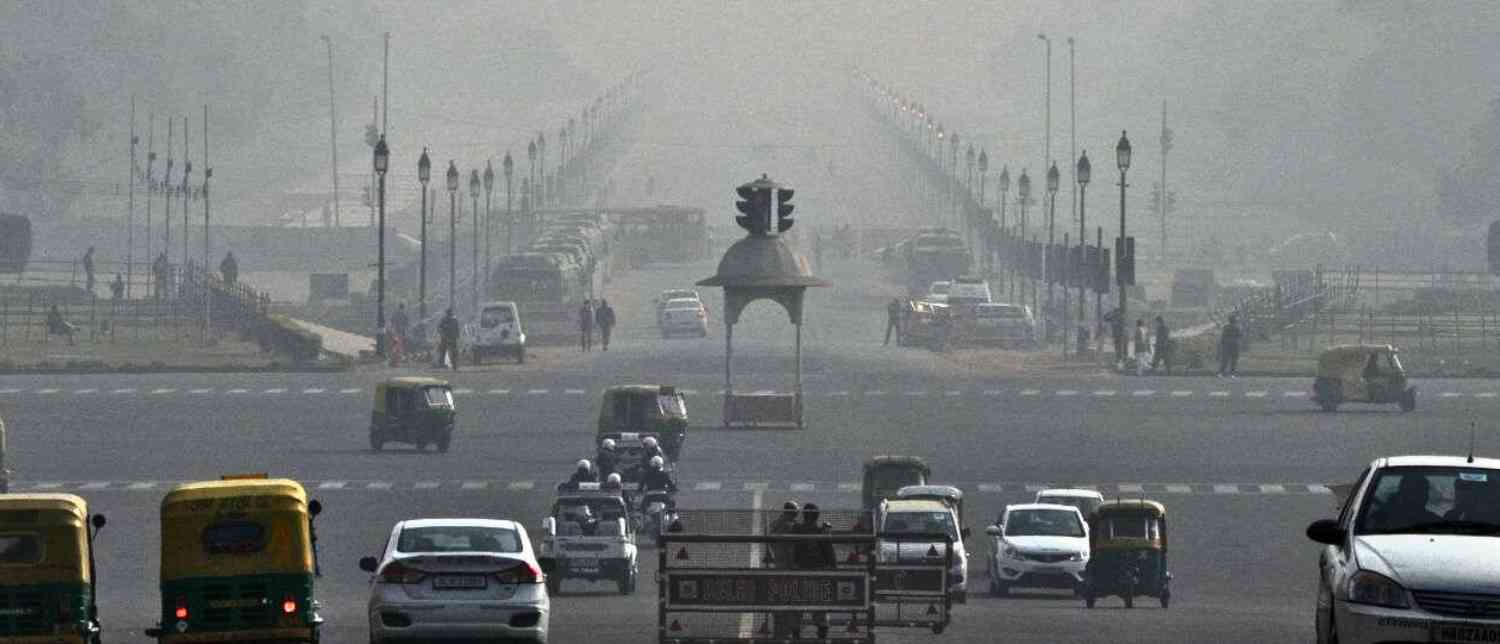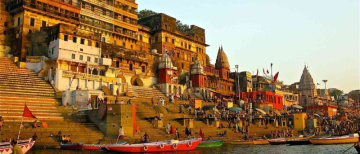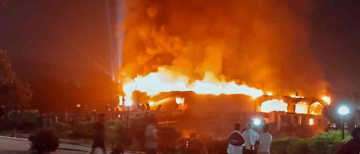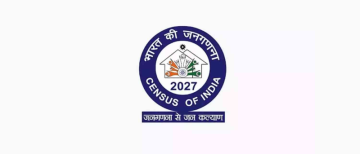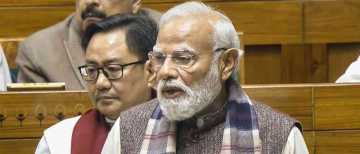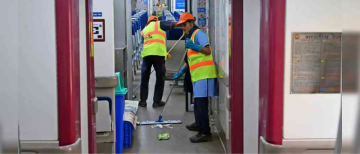Delhi-NCR is facing a troubling health crisis as a recent survey reveals that 75% of households in the region currently report one or more members suffering from viral illnesses. This increase comes at a time when pollution levels are reaching dangerous highs, adding to the strain on public health. The survey by LocalCircles collected responses from more than 15,000 residents across Delhi, Gurugram, Noida, Faridabad, and Ghaziabad, highlighting the widespread impact of the virus and pollution combined.

Doctors in Delhi-NCR have reported a notable rise in cases of viral infections, particularly H3N2 influenza, with symptoms such as persistent fever, cough, sore throat, and body aches. Recovery times from these illnesses are often longer than 10 days. The most vulnerable are children, elderly people, and those with existing health conditions, who are suffering the most from this combined threat of viruses and toxic air.
The region's air quality has significantly deteriorated due to multiple factors, including the burning of firecrackers during Diwali, ongoing farm fires in neighboring states, industrial emissions, construction dust, and the large number of vehicles on the roads. The Air Quality Index (AQI) has soared into the "poor" and even "very poor" categories, with PM 2.5 levels reaching around 350 micrograms per cubic meter—far above the safe limit of 35. This pollution not only makes breathing difficult but also causes symptoms like headaches, burning eyes, nasal congestion, and sore throat for many residents.
The survey also points out that these health concerns are worsened by cold night temperatures and seasonal changes that facilitate the spread of viral fevers. The toxic air weakens the immune system and damages lung function, making people more susceptible to infections. With 3 in 4 households reporting either viral illness symptoms or pollution-related respiratory issues, the situation paints a dire picture for public health in the region.
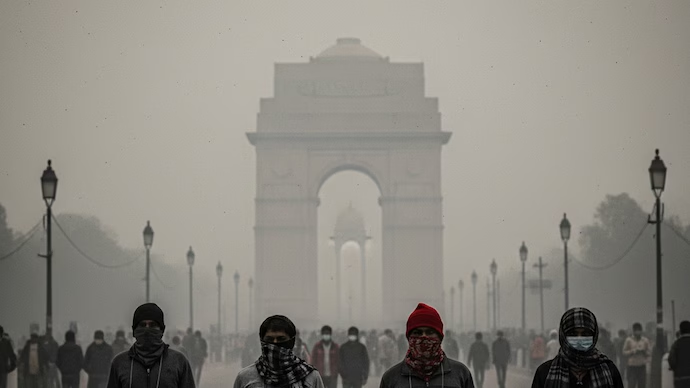
Experts emphasize that this is a complex problem requiring action on multiple fronts. While measures like the Graded Response Action Plan (GRAP) have been put in place to reduce pollution, experts warn that these efforts often serve as temporary fixes. Long-term solutions require coordinated actions such as preventing stubble burning, reducing emissions from vehicles and industries, and promoting cleaner energy sources.
From a community perspective, residents are facing a double burden of dealing with illness and the discomfort caused by day-to-day pollution. Many report feeling tired and stressed, with disrupted outdoor activities and increased visits to hospitals. It is also an alert for individuals to take personal precautions, such as using masks, avoiding outdoor exertion during high pollution hours, and maintaining good hygiene practices to reduce viral transmission.
In conclusion, the worsened air quality combined with the surge in viral illnesses presents a significant challenge to the health and wellbeing of Delhi-NCR residents. Addressing this crisis will require consistent government interventions alongside public awareness and cooperation. It is essential to view pollution not just as an environmental issue but as a pressing public health emergency that affects every household in the region.
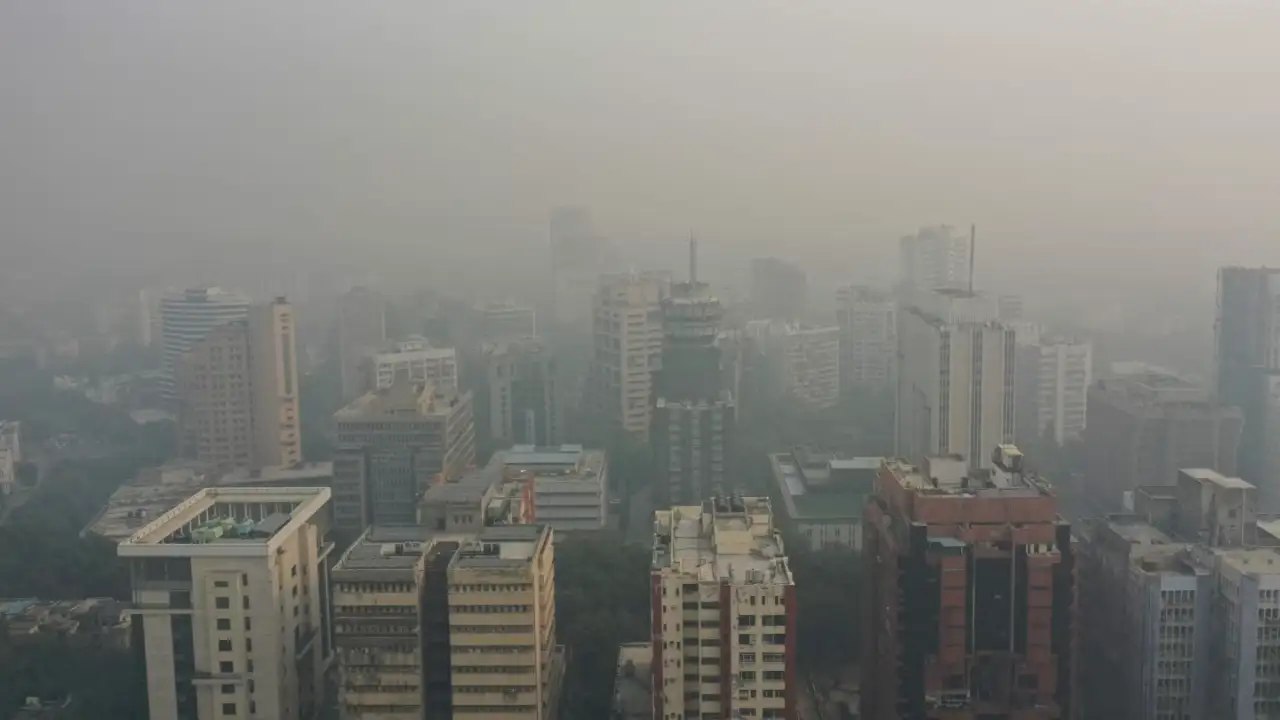
This situation highlights the urgent need for collective action to reduce pollution and curb the spread of infections, protecting the most vulnerable populations and ensuring a healthier future for Delhi-NCR.
With inputs from agencies
Image Source: Multiple agencies
© Copyright 2025. All Rights Reserved. Powered by Vygr Media.

